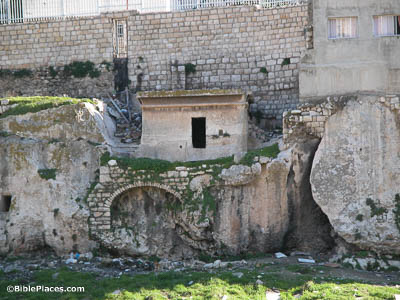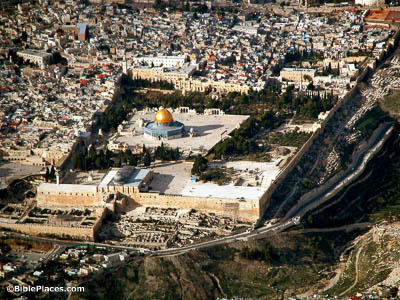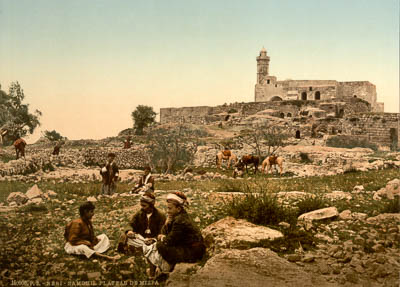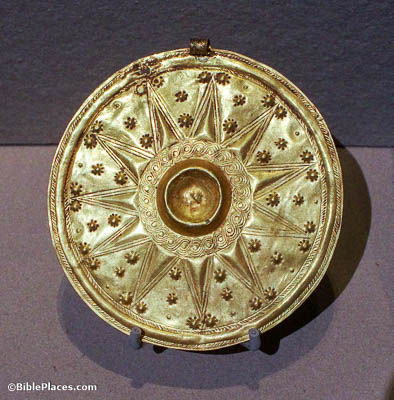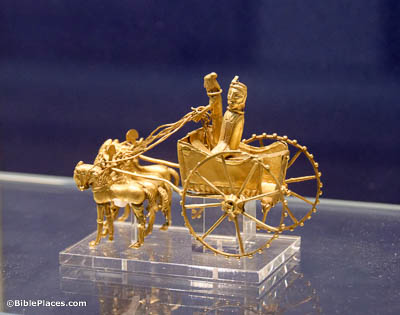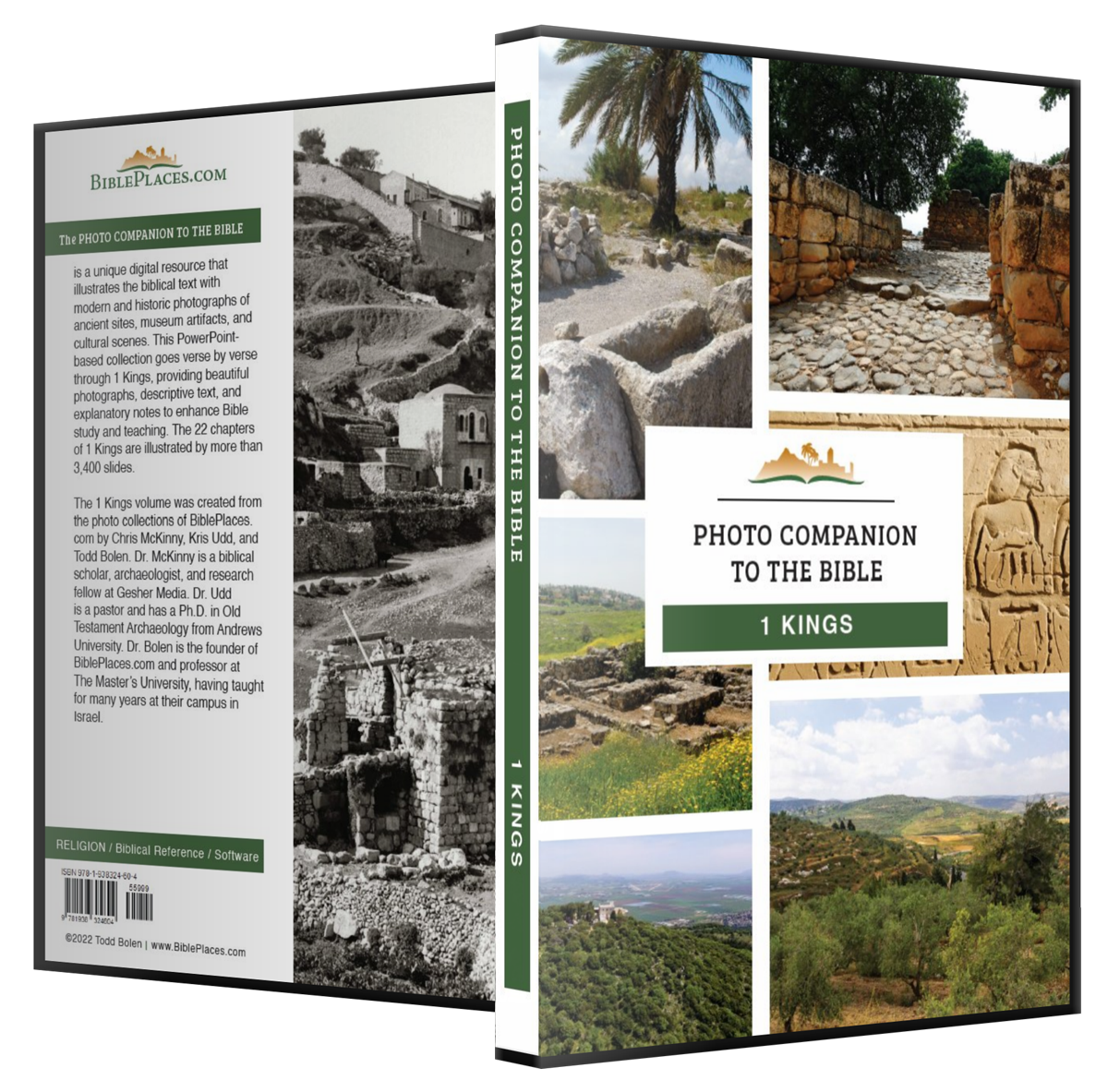And he took Pharaoh’s daughter and brought her into the city of David (1 Kings 3:1).
The presence of Pharaoh’s daughter as a resident in Jerusalem is remembered by an Iron Age tomb on the slope of Silwan, opposite the City of David. While there is no way of positively identifying this tomb with Solomon’s wife, it is notable for being a monumental tomb near the City of David that was once topped by a pyramid. The tomb was completely hewn out of the rock, and its style resembles that of Egyptian architecture.
